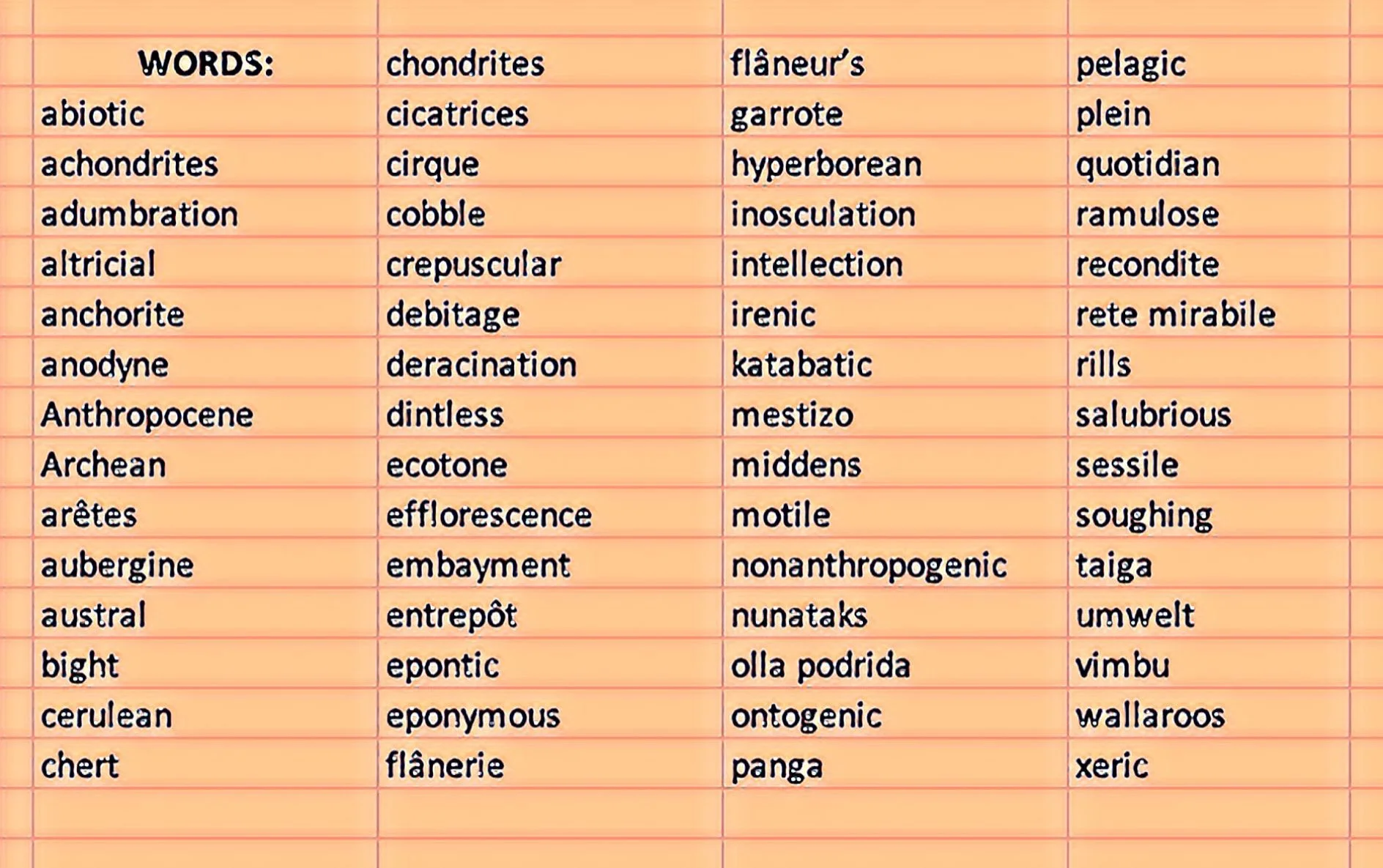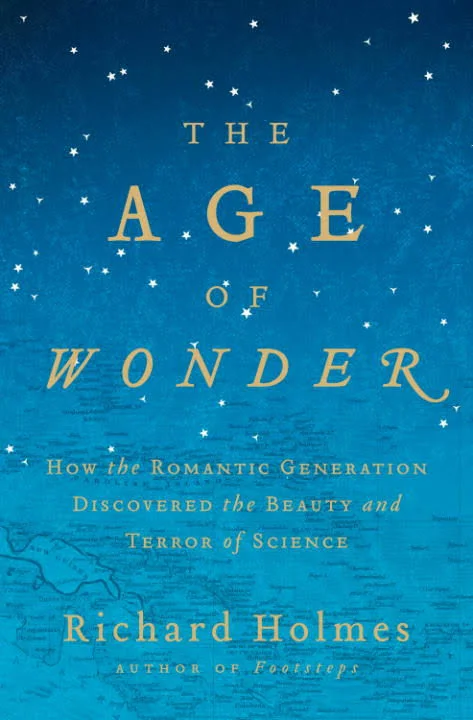All in Astronomy
William Bixby's “GALILEO AND NEWTON”
This short Kindle book, divided into two parts, provides just enough information to help the reader understand where Galileo and Newton stand in the evolution of Western scientific thought and practice.
Benford & Brin's HEART OF THE COMET
The scale and scope of the operation are huge. Hundreds of crew are sent in deep sleep while a smaller “first shift” prepares the massive ball of ancient ice for human habitation. The authors think through the physics and the logistics of such a massive operation and make you believe — almost — that something like this might really work.
Richard Holmes' THE AGE OF WONDER: How the Romantic Generation Discovered the Beauty and Terror of Science
This book covers the development of British science from the time of Cook’s famous voyage (which stopped at Tahiti) up to Darwin’s Beagle voyage. It concentrates on a few key luminaries (the Herschels, Davy, Mungo Park, Farady, Banks) and at the same time explores the relationship, sometimes synergistic, between art and science.
Bob Berman's THE SUN'S HEARTBEAT: And Other Stories from the Life of the Star That Powers Our Planet
At a profound level this book readably demonstrates human intelligence and creativity at their best.
Lisa Jardine's INGENIOUS PURSUITS: BUILDING THE SCIENTIFIC REVOLUTION
Late 17th Century London and the Royal Society provide the setting for this book. It concentrates on the “great men” who created modern Western science.
Michael Carlowicz and Ramon Lopez' STORMS FROM THE SUN
Many years ago my dad and my brothers and I would take our telescope out to the back yard during the day and point it at the sun. Holding a white card about a foot away from the eyepiece we would watch sunspots projected on the card, the easily visible evidence of massive solar magnetic storms.










